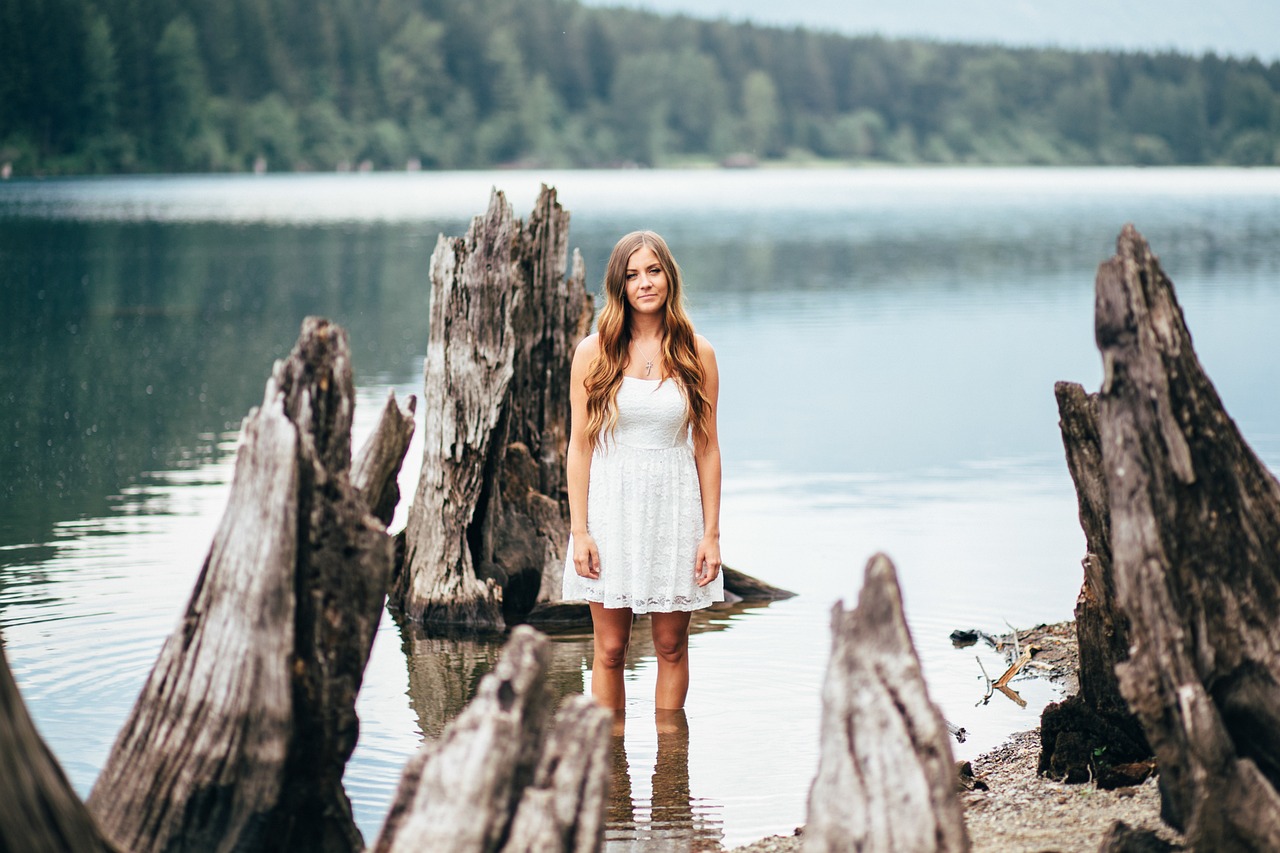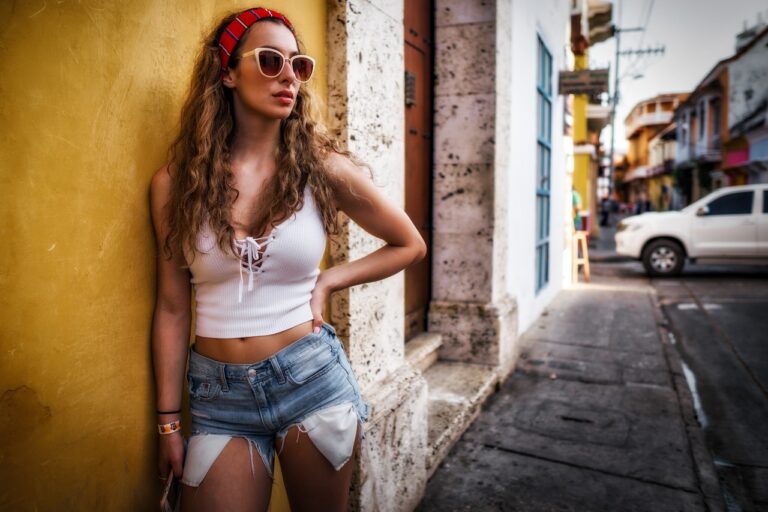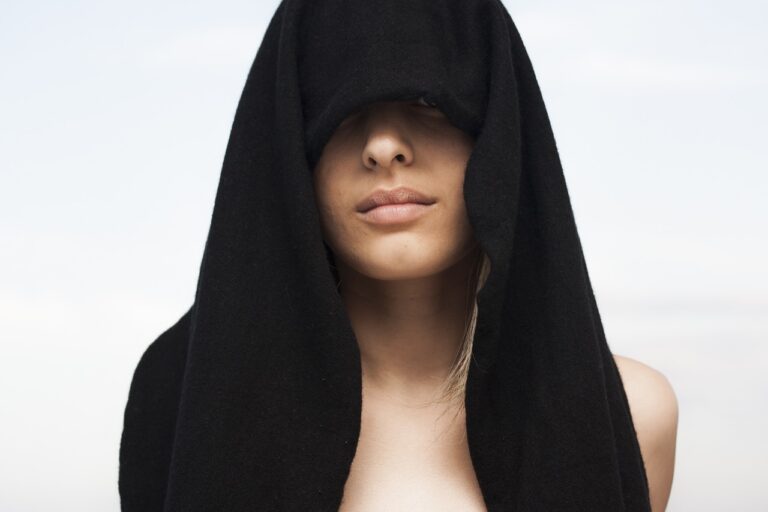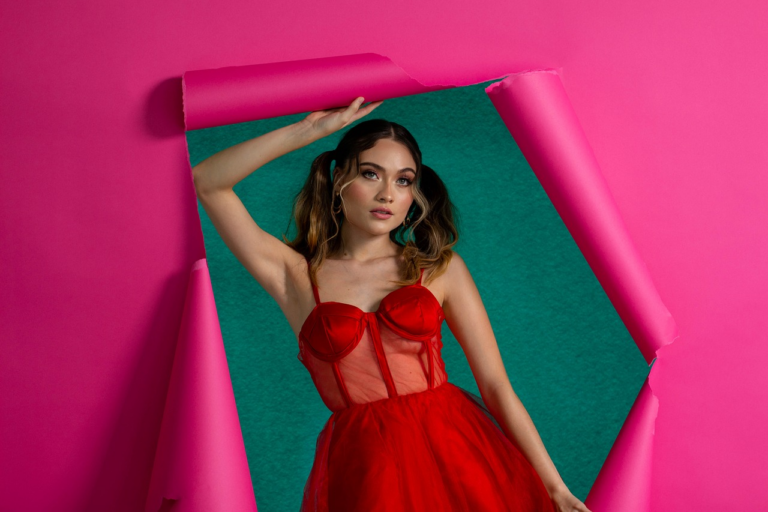Fashion Evolution: Tracing the Influence of Historical Periods on Contemporary Style
The fashion of contemporary society owes a great debt to the ancient civilizations of Greece and Rome. These ancient cultures laid the foundation for many sartorial trends that continue to resonate in modern clothing designs. The Greeks, with their focus on draped garments and flowing silhouettes, have inspired the creation of elegant, fluid pieces that are synonymous with grace and sophistication.
Similarly, the Romans’ penchant for intricate drapery, rich fabrics, and embellishments has left a lasting impact on the way we view luxury and opulence in fashion. Their mastery of tailoring and their attention to detailed craftsmanship have influenced modern couture and high-end fashion houses. The fusion of classical elements from these ancient civilizations with contemporary styles has created a unique tapestry of fashion that connects the past with the present in a seamless and beautiful way.
The Renaissance: Exploring the revival of classical art and fashion in the 14th to 17th centuries
During the Renaissance period, there was a resurgence in the appreciation for classical art and fashion. Artists and designers drew inspiration from the ancient Greek and Roman styles, leading to a cultural revival that emphasized harmony, proportion, and balance in their creations. This shift in aesthetic preferences influenced not only the visual arts but also the way people dressed, with garments reflecting the ideals of beauty and proportion seen in classical sculptures and paintings.
The 14th to 17th centuries marked a time of great creativity and innovation in the realms of art and fashion. The Renaissance saw the rise of elaborate and luxurious clothing, adorned with intricate details and rich fabrics that showcased the wealth and status of the wearer. Fashion became a means of self-expression and social distinction, with sumptuary laws regulating what fabrics and styles could be worn by different social classes. This era paved the way for the evolution of fashion as a form of artistic expression, laying the foundation for the sartorial styles that would continue to evolve in the centuries to come.
• The Renaissance period emphasized harmony, proportion, and balance in art and fashion
• Artists and designers drew inspiration from ancient Greek and Roman styles
• Garments reflected the ideals of beauty and proportion seen in classical sculptures and paintings
• Elaborate and luxurious clothing became popular during the Renaissance
• Fashion became a means of self-expression and social distinction
• Sumptuary laws regulated what fabrics and styles could be worn by different social classes
Baroque and Rococo: Understanding the opulence and extravagance of 17th and 18th-century fashion
The Baroque and Rococo periods were marked by a distinct sense of grandeur and luxury in fashion. In the 17th century, opulence was celebrated through lavish fabrics, intricate embroidery, and exaggerated silhouettes. Fashion became a symbol of wealth and status, with nobility and royalty adorning themselves in elaborate garments adorned with pearls, lace, and silk.
As the 18th century unfolded, the Rococo style emerged, characterized by its lightness and charm. Fashion during this period embraced softer colors, delicate embellishments, and playful designs. Women’s gowns featured flowing skirts, intricate ruffles, and pastel hues, reflecting the whimsical and romantic sensibilities of the time. The extravagance of Baroque gave way to a more delicate and refined aesthetic in the Rococo era, yet both styles continue to influence contemporary fashion with their emphasis on luxury and sophistication.
What is the main difference between Baroque and Rococo fashion?
Baroque fashion is known for its grandeur, dramatic silhouettes, and rich fabrics, while Rococo fashion is characterized by its lightness, pastel colors, and intricate detailing.
How did Ancient civilizations like the Greeks and Romans influence 17th and 18th-century fashion?
Ancient civilizations like the Greeks and Romans inspired the use of drapery, intricate patterns, and decorative elements in 17th and 18th-century fashion.
What was the significance of the Renaissance in shaping fashion during the Baroque and Rococo periods?
The Renaissance brought about a revival of classical art and fashion, influencing the opulent and extravagant styles of the Baroque and Rococo periods.
Why were opulence and extravagance important in 17th and 18th-century fashion?
Opulence and extravagance were symbols of wealth, power, and status during the Baroque and Rococo periods, reflecting the luxurious lifestyles of the elite.
How did Baroque and Rococo fashion differ from previous styles in terms of design and aesthetics?
Baroque and Rococo fashion were characterized by their elaborate ornamentation, exaggerated proportions, and intricate detailing, setting them apart from simpler and more restrained styles of earlier periods.





